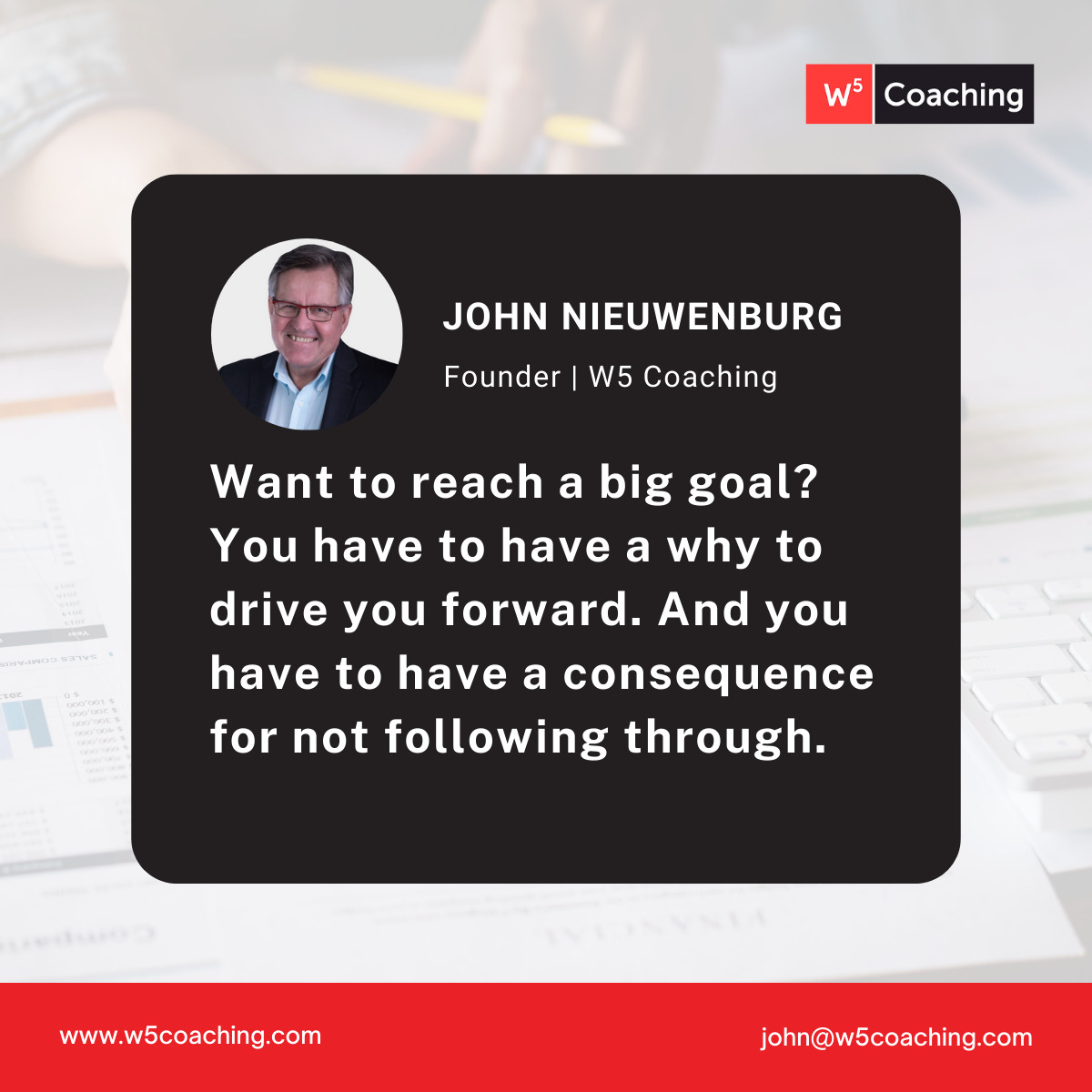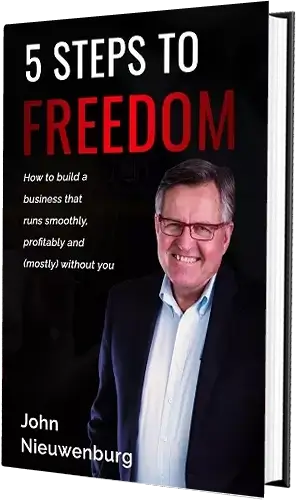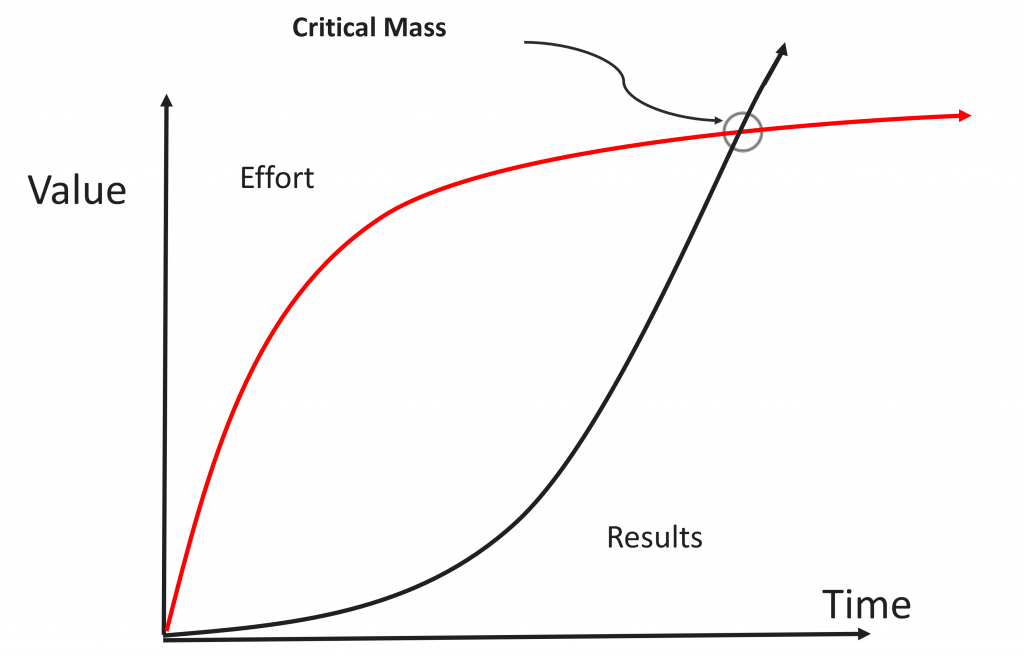Why You Need a Big “Why” Behind Your Goals

Launching your business is a lot like sending a rocket ship into outer space.
In the first 10 minutes of a rocket’s flight, it burns a staggering 90 percent of its fuel.
That’s how much effort it takes to put an object into space to escape velocity.
But once it’s in space, how much effort is needed?
Scientifically speaking, next to nothing.
If we were to illustrate the phenomenon, it would look like this:
In the beginning, there is a massive effort curve that is very, VERY steep. Then there’s the results curve.
You can see a gigantic lag between effort and results, but once you reach a critical mass and momentum propels you into the business cosmos, everything begins to fall into place with surprising ease.
Voila!
Mission accomplished.
To successfully launch into the entrepreneurial stratosphere, you need to be like a rocket ship and find your fuel – the thing behind your goals.

The table where I discovered my “why”
Your “why” serves as the driving force that sustains you through inevitable challenges and obstacles.
Here’s my real-life anecdote that underscores the power of a significant “why.”
In January 2018, I was a successful solo entrepreneur, and I spent a day working in a picturesque location in Paradise Valley.
The breathtaking view from my brother’s winter home in Phoenix made me realize I wanted to create a life that allowed me to regularly enjoy such moments.
Motivated by this newfound purpose, I shifted my mindset from being a solopreneur to a business owner.
And I promised my wife that we would spend the following winter in Arizona – creating a clear consequence for not following through. (I wasn’t about to give up my “man card” by sheepishly admitting that I didn’t do what I said I would do.)
This change in thinking led me to formalize a marketing team, hire a virtual assistant and bring a bookkeeper into the business.
This transformation has yielded remarkable results, leading to a 45-60-percent increase in revenue that first year. And since then, I’ve tripled my business.
The pivotal factor in this transformation was understanding my “why” – a driving force so compelling that it pushed me to make meaningful changes.
My story exemplifies the power of a well-defined purpose in propelling business growth.
Now let’s look at you.
The Significance of Your “Why”
 Every individual’s “why” is unique, ranging from internal motivators like joy, freedom and satisfaction to external factors including money, fame or power.
Every individual’s “why” is unique, ranging from internal motivators like joy, freedom and satisfaction to external factors including money, fame or power.
Regardless of your “why,” its importance lies in being part of a bigger picture, a greater purpose that fuels your journey.
This sense of purpose is what pushes you toward your business dreams.
Without a clear and compelling “why,” the journey gets arduous, and you’re more likely to give up when things get really hard.
The reason your goals matter to you should be at the core of every decision you make as an entrepreneur and business leader.
Your vision must be so significant and compelling that obstacles seem like temporary challenges instead of insurmountable barriers.
This sense of purpose, or why is going to be the force that drives us towards our business dreams, visions, and goals.
Without it, we would just give up, right?
Embracing the Crash, Burn, and Learn Cycle
The entrepreneurial journey often involves unexpected challenges and setbacks.
Much like a rocket navigating its trajectory, business owners may experience moments of crash and burn.
This is a natural part of business evolution.
Your initial optimism might give way to the realization that the journey is more challenging than you thought.
This crisis of meaning happens all the time. But it’s crucial to understand that these hardships are opportunities for growth.
Just like a rocket has to course-correct after facing challenges, entrepreneurs can learn from setbacks and come out stronger on the other side.
It’s important to embrace the crash, burn and learn cycle, using each experience as a stepping stone to continued success.
Patience with Actions, Patience with Results
Business success is often a slow, gradual process.
Daily actions and habits compound over time, and lead to significant improvements.
Patience is key – both with your actions and their results. Achieving success requires persistent effort and a focus on your long-term vision.
Just think about J.K. Rowling, who lived in poverty for a decade before publishing the Harry Potter series.
Rowling found her “why” – a deep-seated desire to share her stories with the world.
Her patience with actions and results eventually led her to become a billionaire.
A clear “why” is essential – but the journey can be easier with a guide
Your “why” can provide the fuel you need to power you forward on your journey.
But navigating challenges and staying on course can be a lot easier if you seek guidance from a professional business coach.
A coach can provide valuable perspective, strategies and support to help you overcome obstacles and reach your goals.
If you’re eager to discover and articulate your “why” – or if you’re navigating challenges in your entrepreneurial journey, working with a business coach may make all the difference.
Book a free 15-minute consultation call today: Book a Call with John

Build a Self-Managing Company
How to build a business that runs smoothly, profitably, and (mostly) without you.
Feeling stressed out and overwhelmed with a business that is taking all your time - and not giving you enough in return?
Are you finding it challenging to hire the right team (and get them to do the right things)?
I wrote this little guide for you!
Enter your details below to receive your free copy!

